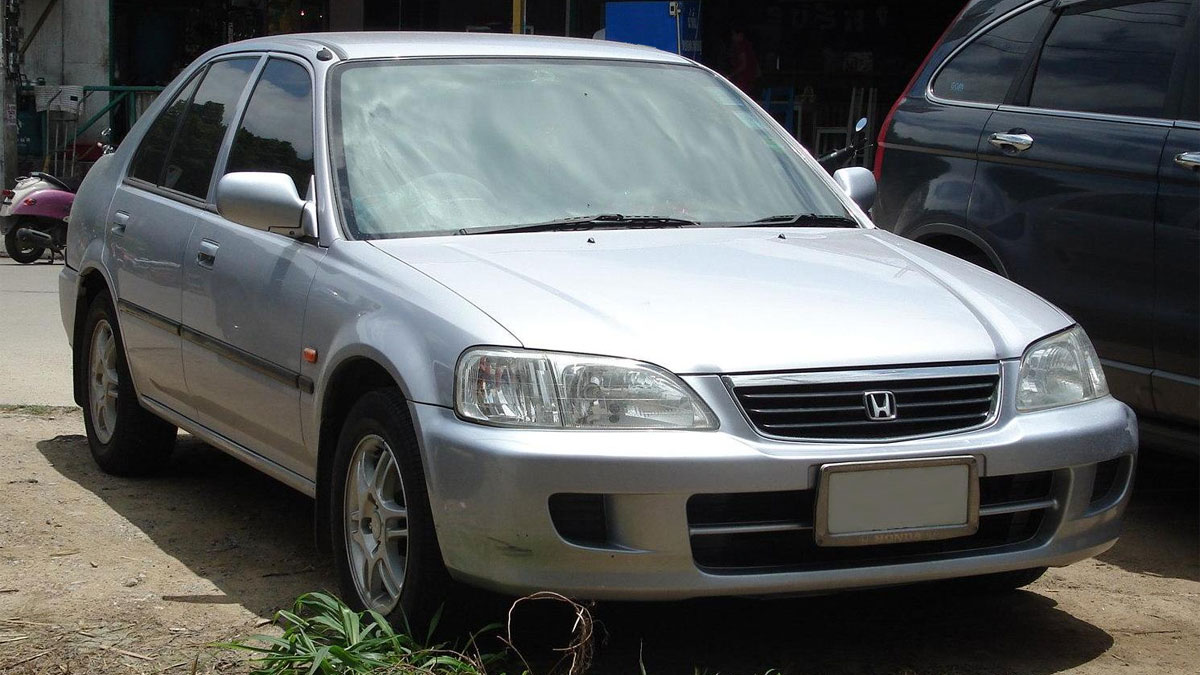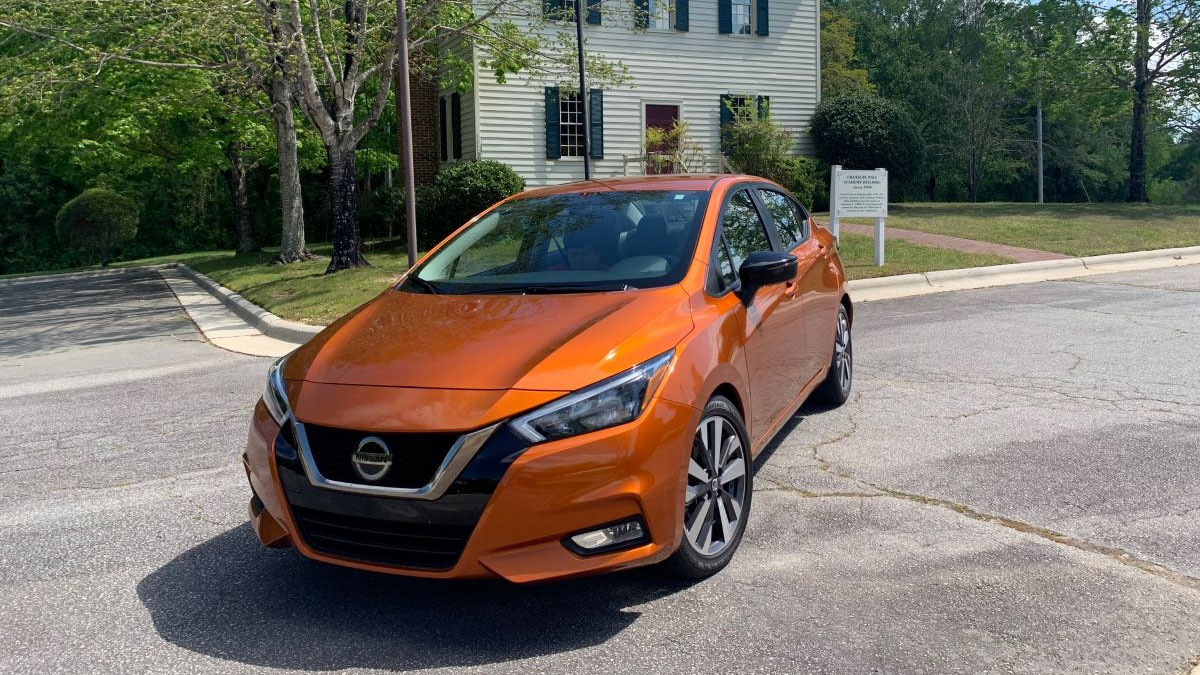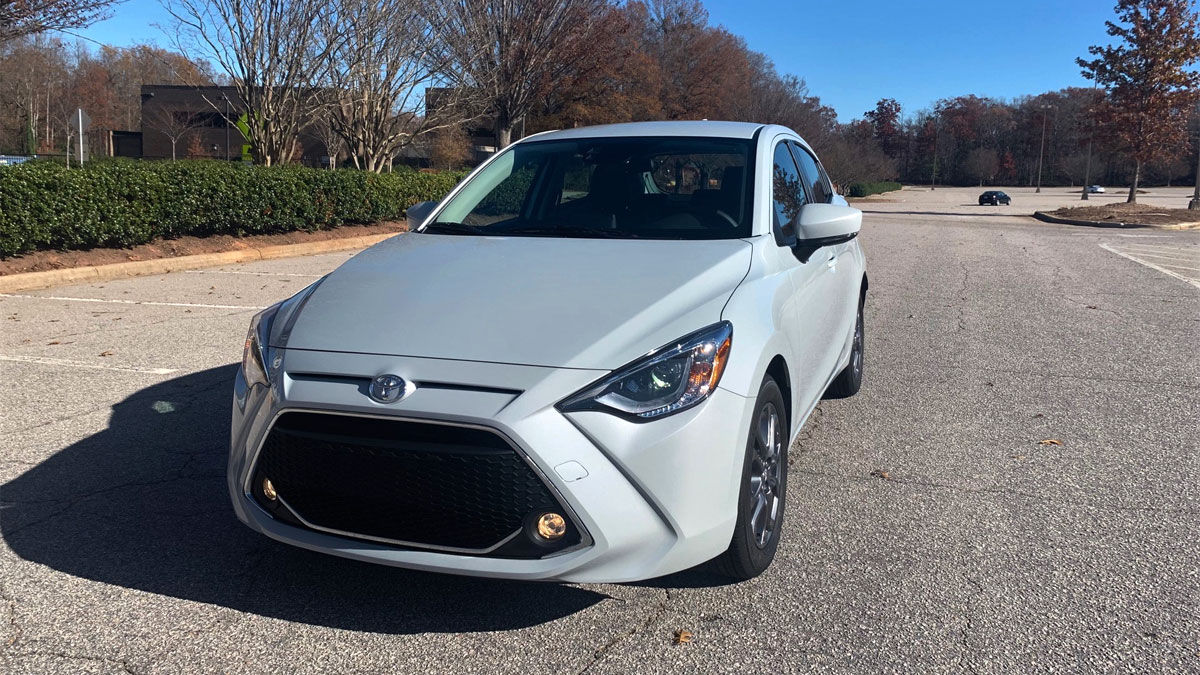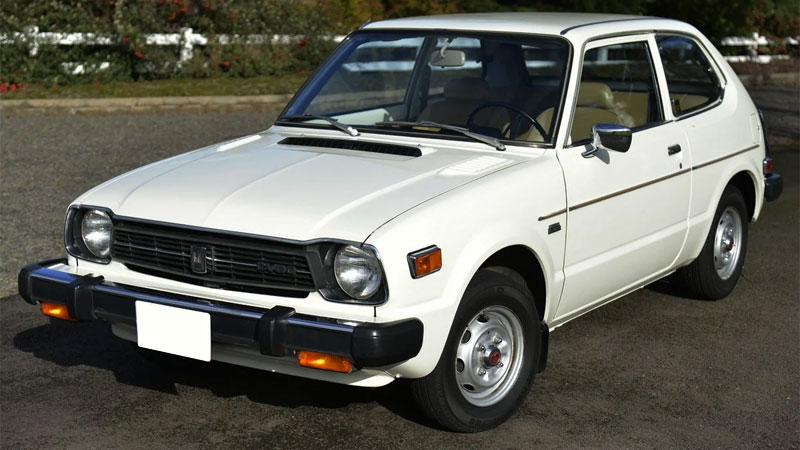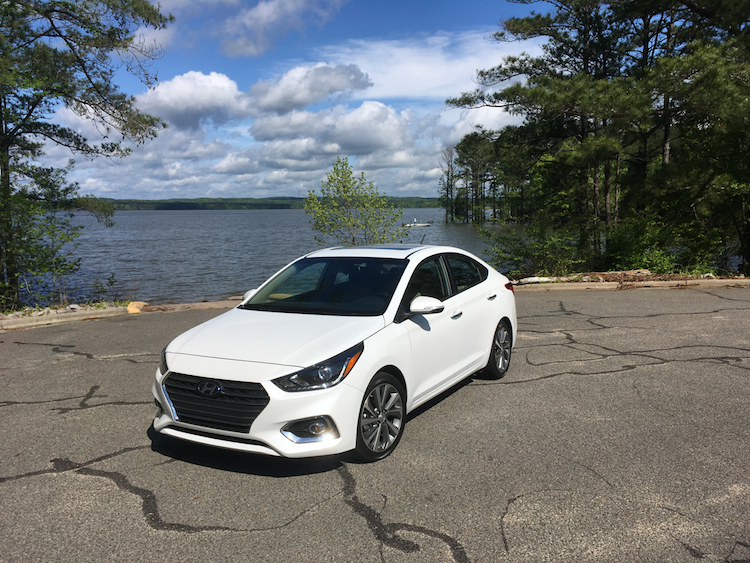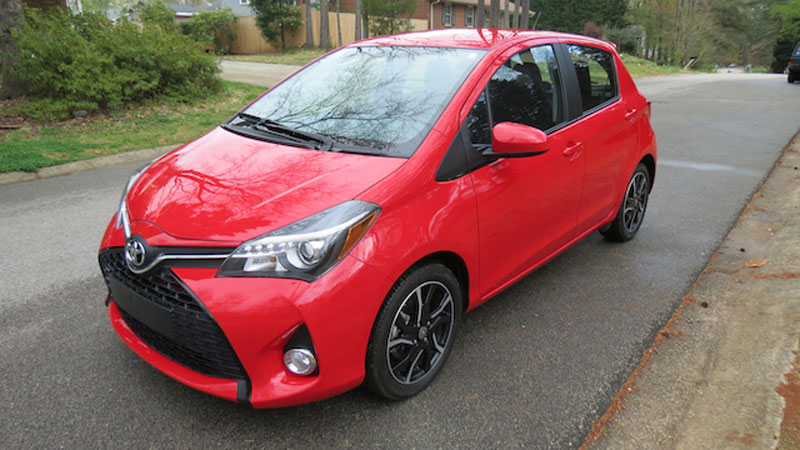What is the Honda City?
One in a series of articles examining car models not sold in the U.S. market. The Honda City is a subcompact sedan that was first revealed by Honda in 1981. The car was meant for Japan and other select markets like Australia and Europe, which is why it was initially … Read more

